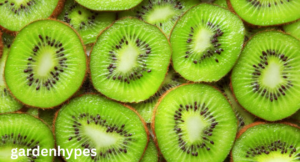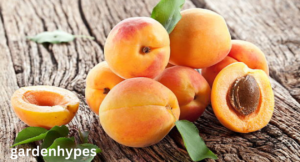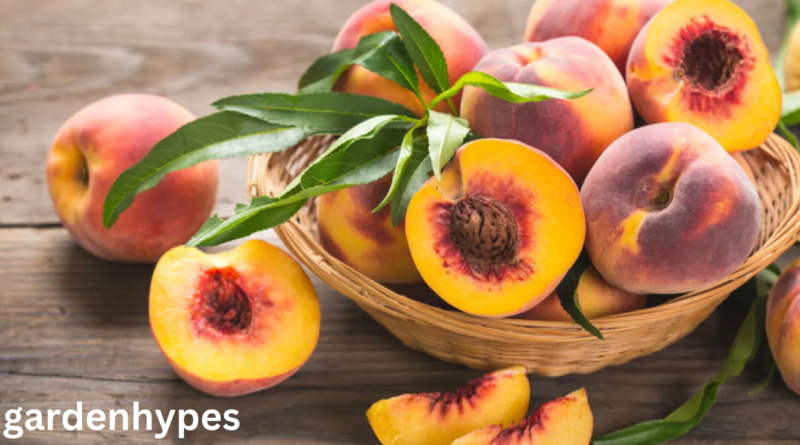Fuzzy Fruit Types Benefits & Eating Guide
Introduction to Fuzzy Fruits
Fruits come in all shapes, sizes, and textures. Some are smooth and shiny, like apples and grapes, while others surprise us with a soft, velvety coating known as fuzz. Fuzzy fruit have a unique charm, often making them stand out at the market. But what exactly makes a fruit “fuzzy,” and why does it matter?
Fuzz is essentially tiny hair-like structures on the skin of the fruit. They can serve different purposes: protecting the fruit from insects, shielding it from too much sunlight, or helping to lock in moisture. This natural defense mechanism has evolved over time to ensure the fruit survives long enough to ripen and be eaten—or spread its seeds.
click in link Fruits With Black Seeds
For us humans, the fuzz can be both intriguing and sometimes bothersome. Some people enjoy the natural texture, while others prefer to peel it away. But whether you eat it or not, fuzzy fruits are often nutrient-packed, juicy, and delicious. From peaches to kiwi and even apricots, these fuzzy delights bring variety to our diets and plenty of health benefits.
In this blog, we’ll explore some of the most popular fuzzy fruits, their health benefits, cultural significance, and the fun facts that make them stand out.
Peach – The Classic Fuzzy Fruit
When you hear the term “fuzzy fruit,” the first thing that likely pops into your mind is the peach. With its juicy, golden flesh and soft, velvety skin, peaches are the ultimate symbol of fuzzy fruits. The fuzz on peaches is more than just a quirky feature—it helps protect the delicate skin from bruising and reduces water loss.
Peaches are bursting with vitamins, especially vitamin C and vitamin A, both of which support skin health and boost the immune system. They also contain dietary fiber, which aids digestion and helps you feel full longer. Eating peaches regularly may also promote heart health thanks to their potassium content, which helps regulate blood pressure.
The beauty of peaches lies in their versatility. They can be eaten fresh, grilled, baked into pies, or blended into smoothies. Peach preserves and jams are staples in many households, while peach tea is enjoyed in various cultures worldwide.
One thing people often wonder is whether to eat peaches with or without the skin. While the fuzz can feel strange, the skin contains plenty of nutrients and antioxidants. Washing the peach thoroughly makes it perfectly safe to eat whole, fuzz and all.
Peaches also hold cultural value, especially in China, where they symbolize immortality and prosperity. This blend of nutrition, taste, and symbolism makes the peach more than just a fruit—it’s a true icon of fuzziness.
Kiwi – Tiny Black Seeds With a Fuzzy Skin
Kiwi is another fruit that stands out for its fuzzy exterior. The brown, slightly rough skin is covered in tiny hair-like fibers that give it its distinctive look. Inside, however, kiwi is a bright green (or sometimes golden) delight dotted with tiny black seeds that add to its visual appeal and texture.
Kiwi is packed with nutrients. It’s one of the richest fruits in vitamin C—surpassing even oranges. It also provides fiber, vitamin K, and folate. Eating kiwi supports immune function, improves digestion, and may even aid in better sleep due to its natural serotonin content.
Now, the big debate: should you eat kiwi with or without the skin? Surprisingly, the skin is edible and actually triples the fiber intake compared to eating the flesh alone. Of course, the fuzz can feel a bit odd, so many people choose to peel it. But if you don’t mind the texture, eating the skin boosts the nutritional value significantly.
Kiwis are loved around the world for their tangy-sweet flavor. They’re used in fruit salads, smoothies, desserts, and even savory dishes. In some places, kiwi is used as a natural meat tenderizer because of an enzyme called actinidin.
This fruit proves that fuzziness isn’t a drawback—it’s just another unique trait that adds to the fruit’s charm.
click in link Fruits With Black Seeds

Apricot – The Smaller, Fuzzy Cousin of the Peach
Apricots are often overshadowed by their larger cousin, the peach, but they deserve just as much recognition. With their small size, golden-orange color, and light fuzz, apricots are little gems packed with flavor and nutrients.
Apricots are rich in vitamin A, beta-carotene, and antioxidants that promote healthy vision and protect the body against free radicals. They also provide potassium and fiber, making them a great choice for supporting heart health and digestion. Dried apricots, in particular, are a concentrated source of nutrients and energy, often used as a healthy snack or in baking.
Culinarily, apricots are versatile. They can be eaten fresh, dried, or cooked into jams, preserves, and sauces. In Middle Eastern cuisine, apricots are often paired with savory dishes like lamb stews, while in European kitchens, they’re a favorite filling for pastries and desserts.

The fuzz on apricots is much lighter than peaches, often going unnoticed. But like other fuzzy fruits, it serves the same purpose of protecting the delicate skin from damage. Whether eaten raw or cooked, apricots offer a burst of natural sweetness that feels like sunshine in every bite.
click in link Fruits With Black Seeds
Apricots may be small, but they prove that good things truly come in fuzzy packages.
FAQs
Q1: Why are some fruits fuzzy?
Fruits like peaches, apricots, and kiwi grow fuzz as a natural form of protection. The tiny hairs help shield the fruit from insects, reduce water loss, and prevent sun damage. It’s nature’s way of giving these delicate fruits extra defense.
Q2: Can you eat the skin of fuzzy fruits?
Yes, in most cases you can! The skin of peaches, kiwi, and apricots is edible and full of fiber and antioxidants. However, some people prefer peeling them because the texture feels strange. Just wash the fruit well to remove any dirt or pesticides before eating.
Q3: Are fuzzy fruits more nutritious than smooth-skinned fruits?
Not necessarily. Both fuzzy and smooth fruits have unique nutritional benefits. For example, kiwi and peaches are rich in vitamin C, while apples (smooth-skinned) are high in fiber. The fuzz itself isn’t what makes the fruit healthier—it’s the overall nutrient profile.
Q4: Do children usually enjoy eating fuzzy fruits?
Children often enjoy fuzzy fruits like peaches and apricots because of their sweetness. However, some may dislike the fuzzy skin texture. Peeling the skin or blending the fruit into smoothies can make them more appealing for picky eaters.
Q5: How should fuzzy fruits be stored?
Fuzzy fruits should be stored at room temperature until they ripen. Once ripe, keep them in the refrigerator to extend freshness. For longer storage, fruits like peaches and apricots can be frozen, dried, or made into jams and preserves.
